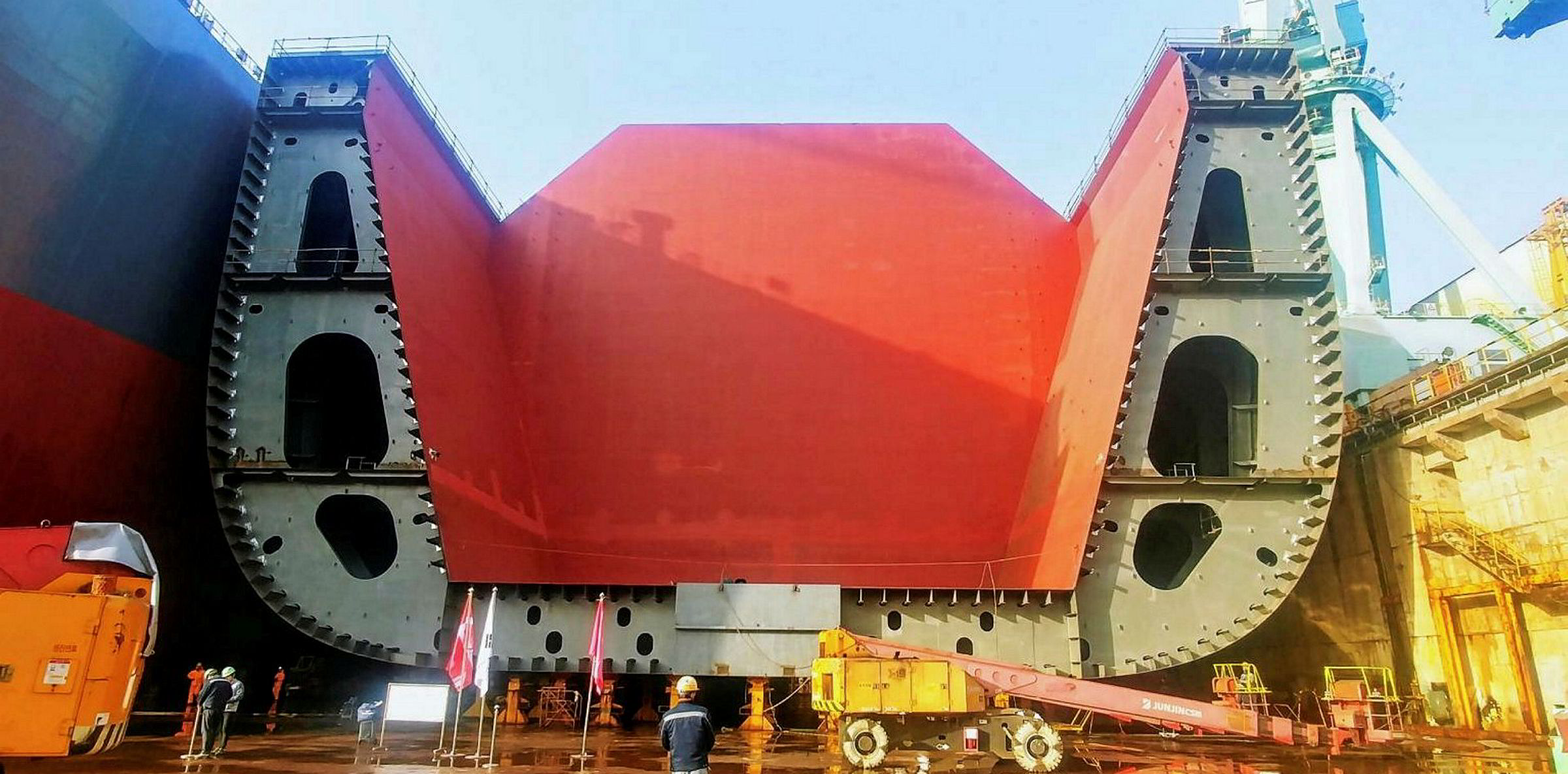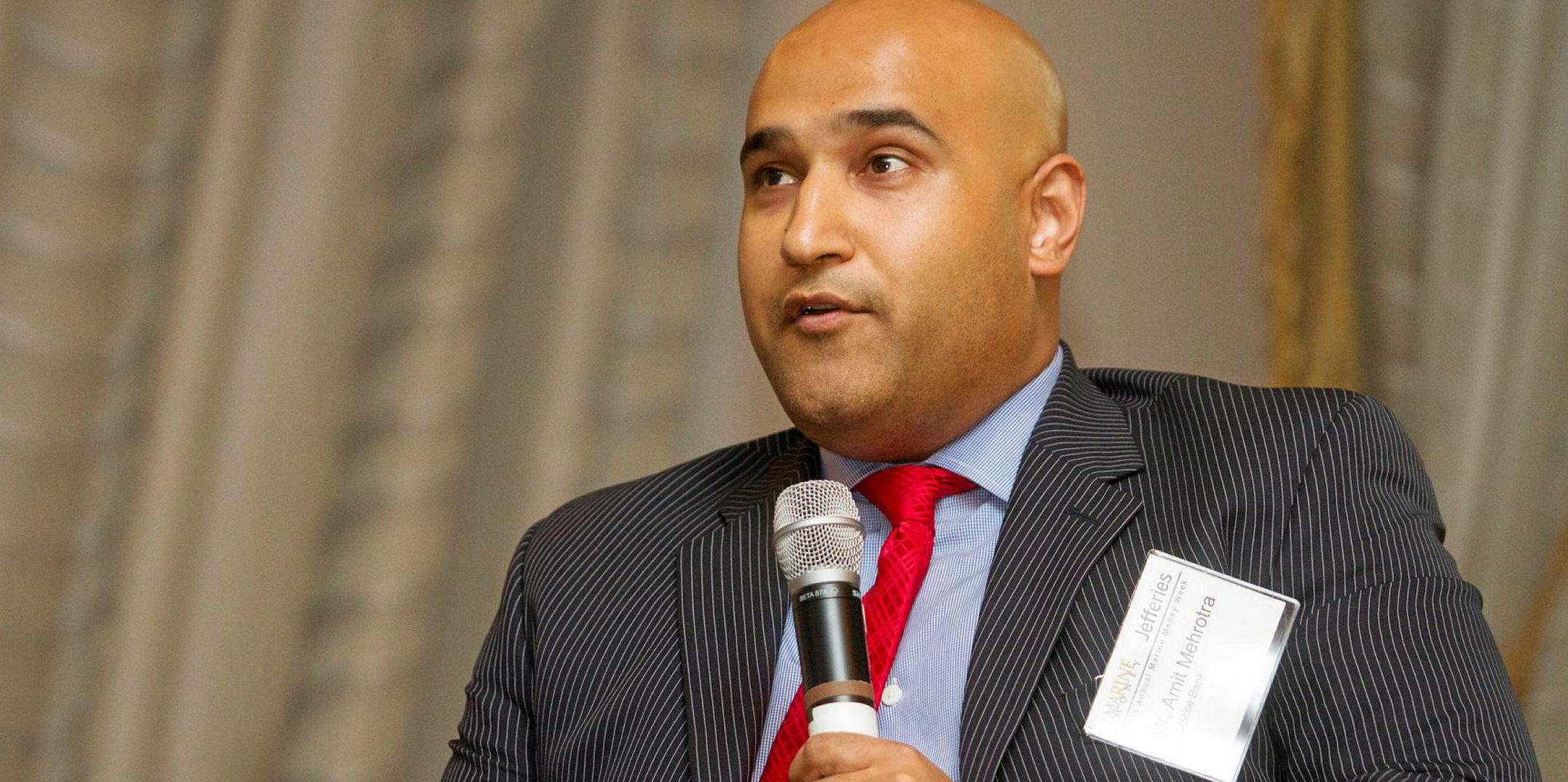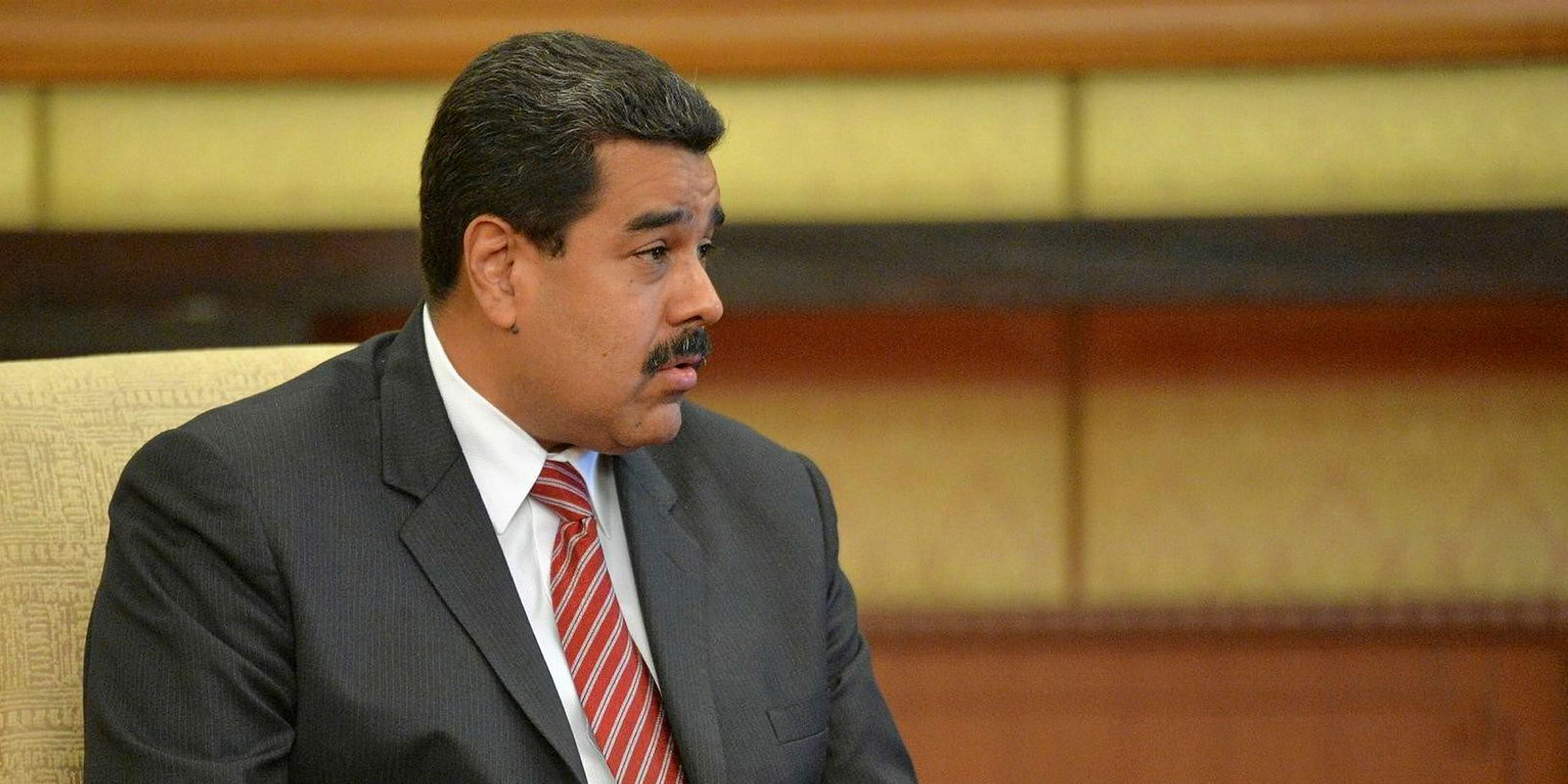Cleaves Securities is advising tanker owners to enjoy red-hot rates while they can because a steep demand drop is coming.
There are plenty of positives for the sector in the short term, according to head of research Joakim Hannisdahl.
Overall fleet growth stood at 3.7% during the first quarter, compared to a year ago, with 6.2m dwt of vessels added.
And the orderbook was down 8%, representing only 8.1% of the fleet, the lowest level since 1996.
"With a very sobering level of newbuilding contracting in recent quarters despite stellar earnings, the orderbook has fallen to very low levels," Hannisdahl said.
Uncertainty over new technology and future regulations should keep this low, he added.
Utilisation of the fleet, meanwhile, was at 92.7% in the first three months, the highest figure in a first quarter since 2007 and up 7.6% year on year.
Average tanker earnings were $36,341 per day, up 88% from 2019, with VLCCs at $84,557 per day, up 230%.
Three scenarios for tankers
Cleaves said the sector is experiencing "extraordinary times", with the supply side "in tatters".
The investment bank added forecasting is highly uncertain, but it has come up with three scenarios for tankers in the near future.
Under the base case, oil demand recovers slowly from Covid-19 effects, with the market rebalancing in August and a de-stocking cycle then taking place that is negative for vessels.
Storage deals take out an additional 172 VLCCs, or 8.9% of the fleet, and VLCC rates average $106,000 per day in the second quarter, falling to $24,000 in the second half.
In the low case scenario, the oil market rebalances in June, taking only an extra 84 VLCCs out of the market for storage and lowering VLCC average rates to $84,000 in the second three months and to just $10,000 per day in the second half.
In the high case scenario, however, rebalancing is delayed until September, with an additional 311 VLCCs fixed for storage.
Rates would stay in "super-profit" territory until the second quarter of 2022 at a $74,000 average.
Demand drop on the way
The base case envisions a drop in tanker demand of 9.6% in 2021. This would be the largest year on year fall since Cleaves' records began in 1997, surpassing a 7.7% dip in 2009.
This will be dictated by oil supply and storage economics, as output drops from the US and Opec and ships and storage tanks are emptied from August 2020 to August 2022.
"The only thing that saves tankers from potentially the worst down-cycle in many decades is the very low orderbook," Hannisdahl said.
It forecast VLCCs earnings of $19,000 per day next year.
But for 2023, Cleaves is predicting a strong demand rebound of 11%, rocketing rates back into super-profit territory.
Storage tanks getting full
Jeferries analyst Randy Giveans said that 60m barrels of Cushing's 76m-barrel storage capacity is now filled in the US, while traders noted that any remaining space has already been contracted out.
"Similar stories are being reported in India, Canada, the Caribbean, Europe, South Korea, and Singapore," he added.
"As such, we believe the steep contango in Brent crude prices will continue due to Covid-19 demand destruction, which will further support floating storage demand and tanker rates."
Cleaves said only 600,000 dwt of tankers were scrapped in the first three months, against its 2.4m dwt forecast, due to booming rates.
But Hannisdahl expects demolition to be a major factor in 2021 and 2022 as older vessels become uneconomical due to IMO 2020 when rates fall.
Cleaves is forecasting 6m dwt to be scrapped in 2020, but then 12m dwt in each of the next two years.
Secondhand values are flat as expected, but in the second quarter, vintage VLCC values have risen due to strong storage bookings.
A 20-year-old non-scrubber VLCC is now worth $4.5m more at $28.7m, the firm said.







